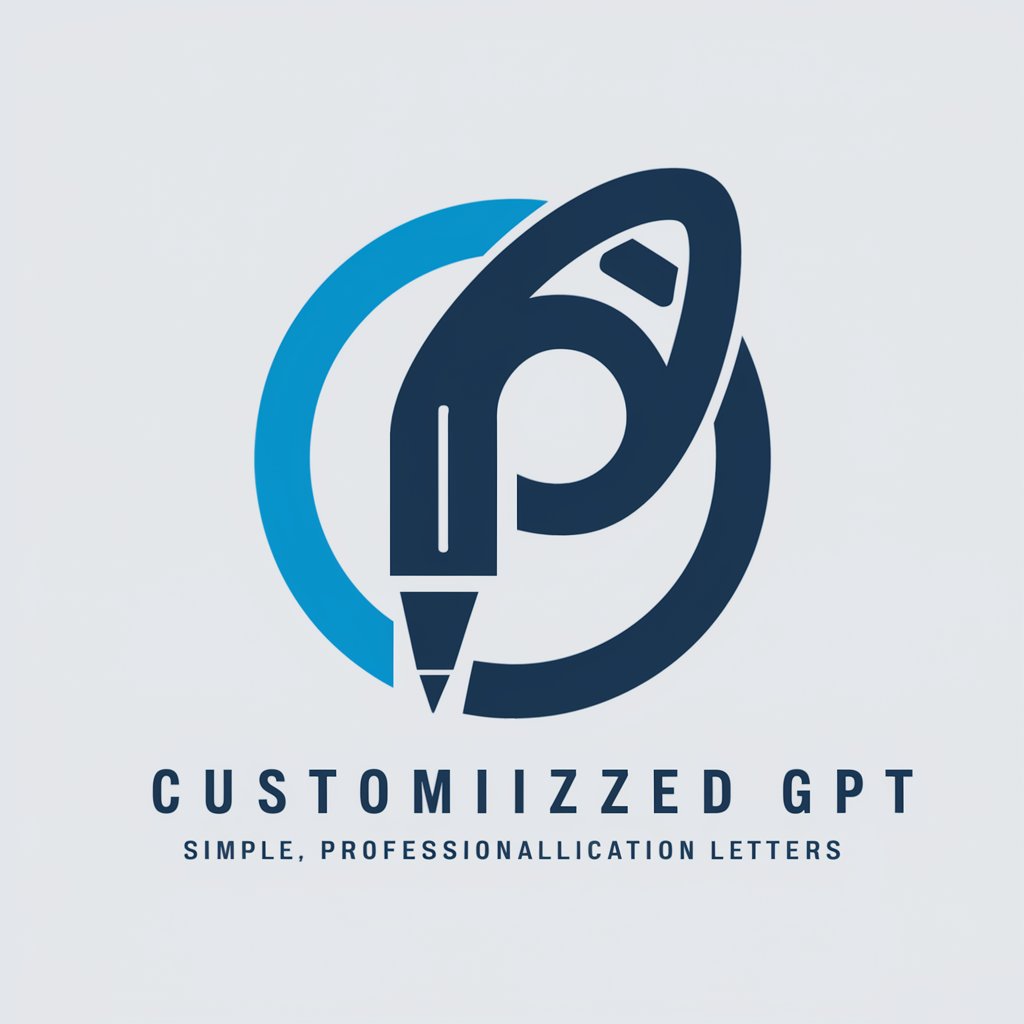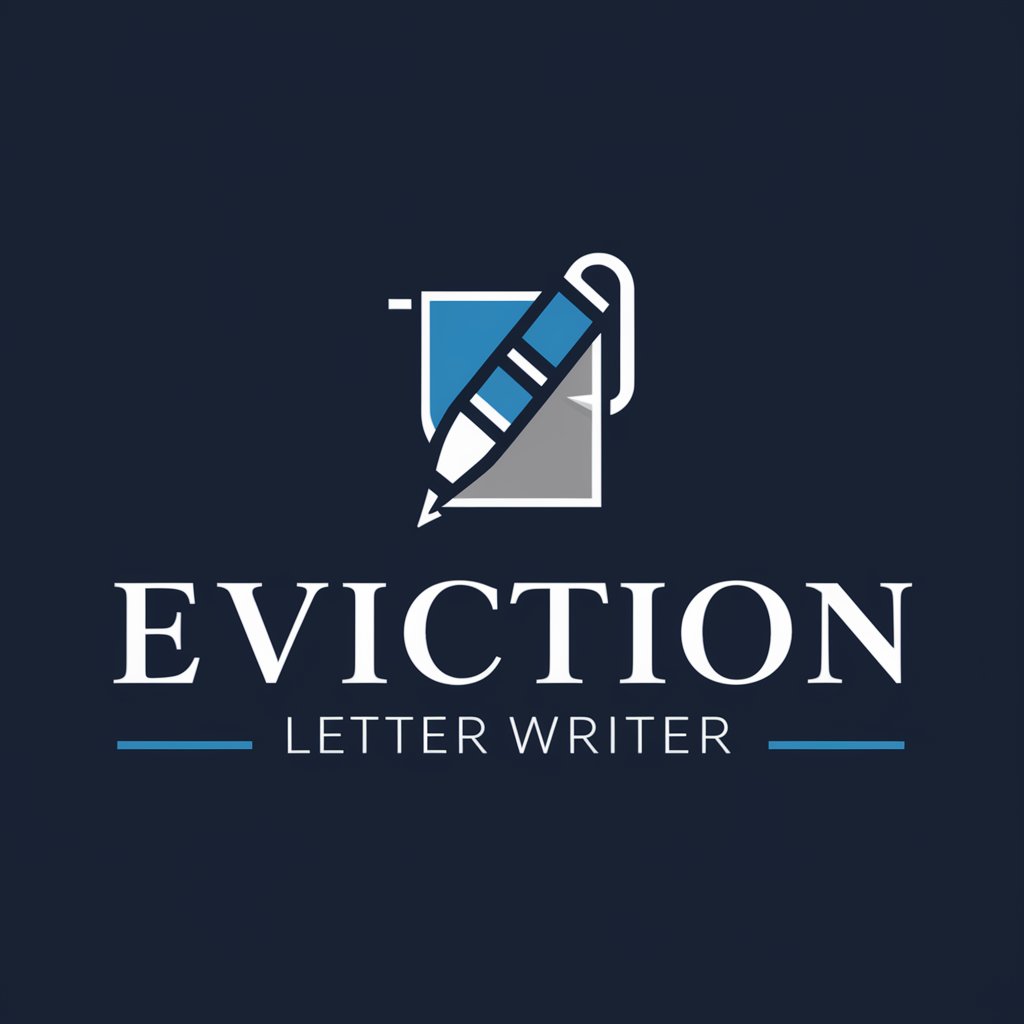
Letter RFP - Request for Proposal - RFP Letter Creation

Welcome! Let's create a professional RFP letter together.
Streamline Your Proposal Requests with AI
Write a letter requesting proposals for...
Create an RFP letter for securing services in...
Draft an RFP for a project involving...
Compose a professional RFP letter for acquiring...
Get Embed Code
Introduction to Letter RFP - Request for Proposal
Letter RFP - Request for Proposal is designed to assist users in crafting professional, concise, and effective Request for Proposal (RFP) letters. These letters serve as formal invitations to potential suppliers or service providers, outlining the specifications of a project or need and requesting detailed proposals for how they would meet these requirements. The purpose of an RFP letter is to gather competitive bids from various vendors in order to compare their offerings, capabilities, and prices. Examples of scenarios where RFP letters are utilized include a corporation seeking new IT infrastructure, a government agency looking for construction services for a public project, or a healthcare institution requiring medical supplies or services. Powered by ChatGPT-4o。

Main Functions of Letter RFP - Request for Proposal
Specification of Services or Products
Example
A university planning to upgrade its digital library system.
Scenario
The RFP letter would detail the desired features, user capacity, and integration requirements with existing systems.
Detailing Project Objectives and Scope
Example
A municipality seeking proposals for a renewable energy project.
Scenario
The letter would outline the project's goals, such as reducing carbon emissions and the expected energy output, along with any geographical or regulatory considerations.
Setting Qualifications for Bidders
Example
A financial institution looking for a cybersecurity solution.
Scenario
The RFP letter would specify necessary certifications, industry experience, and references required from bidders to ensure they meet the institution's stringent security standards.
Providing Submission Guidelines and Deadlines
Example
A retail chain soliciting bids for a new inventory management system.
Scenario
The letter would include submission format, key dates, and contact information to guide vendors in preparing and delivering their proposals on time.
Establishing Evaluation Criteria
Example
A healthcare provider seeking a new patient management software.
Scenario
The RFP letter would list criteria such as user-friendliness, compatibility with existing hardware, and after-sales support as bases for evaluating proposals.
Ideal Users of Letter RFP - Request for Proposal Services
Corporate Procurement Managers
Professionals responsible for sourcing goods and services for their companies. They benefit from using RFP services to ensure they receive comprehensive and competitive bids that meet their specific requirements.
Government Contract Officers
Individuals in charge of procuring services, supplies, and infrastructure for government projects. They require detailed RFPs to comply with public procurement laws and ensure transparency and fairness in the bidding process.
Non-profit Organization Administrators
Managers and directors in non-profits who need to secure services or products within budget constraints. RFP services help them articulate their needs effectively to find solutions that offer the best value.
IT Project Managers
Specialists overseeing technology upgrades or implementations. They use RFP services to clearly define technical requirements and ensure potential vendors can meet these needs.
Facility Managers
Professionals responsible for the maintenance and improvement of buildings and services. RFP services assist them in finding qualified contractors for construction, renovation, or maintenance projects.

How to Use Letter RFP - Request for Proposal
1. Start Free Trial
Begin by visiting yeschat.ai to access a free trial of the Letter RFP tool without needing to log in or subscribe to ChatGPT Plus.
2. Define Your Needs
Identify and clearly define the services or products you are seeking proposals for, including objectives, scope, and any specific requirements.
3. Prepare Your RFP Letter
Use the tool to input the necessary details about your project, such as qualifications for bidders, submission deadline, evaluation criteria, and contact information.
4. Review and Customize
Review the generated RFP letter draft. Customize it as needed to ensure it accurately reflects your needs and expectations.
5. Distribute Your RFP
Once satisfied with the letter, distribute it to potential vendors or service providers according to the submission instructions you've set.
Try other advanced and practical GPTs
Simple Job Application Letter - Free Custom GPT
Tailor Your Job Application with AI

Finance Tracker Pro
AI-powered financial tracking and insights

Letters of Testamentary - Free Custom GPT Prompt
Automate Your Estate Planning with AI

Watt Whisperer
Demystifying Energy Policy, Powering Progress

L'Histoire de l'Afrique - La Véritable Négritude
Empowering African Heritage Exploration with AI

SCP Secret Archivist
Crafting the Unknown, AI-Powered

Eviction Letter Writer - Free Custom GPT Prompt
Automate your eviction notices with AI

Love Letter Writer - Free Custom GPT Prompt
AI-Powered Personal Love Letter Crafting

Sarcasm Bot
Bringing sarcasm to AI, humorously.

Interview Ace
Ace Your Interviews with AI

나의 평발선생님
Your AI-powered flat feet consultant.

맞춤이
Empowering Your Korean with AI

Letter RFP - Request for Proposal FAQs
What is Letter RFP?
Letter RFP is a tool designed to help users create professional, customized Request for Proposal (RFP) letters. It streamlines the process of soliciting proposals for services or products by providing a structured template to input project details and requirements.
Who can benefit from using Letter RFP?
Businesses, organizations, and individuals looking to procure services or products can benefit. It's particularly useful for project managers, procurement officers, and anyone involved in the vendor selection process.
Can Letter RFP be customized for any industry?
Yes, Letter RFP is versatile and can be tailored to fit the needs of various industries, including technology, construction, education, and healthcare, by adjusting the project specifics and requirements.
What are the key components of a successful RFP letter generated by this tool?
A successful RFP letter should clearly outline the project scope, objectives, bidder qualifications, submission deadline, evaluation criteria, and contact details for submission. It should also include any terms, conditions, and the expected project timeline.
How does Letter RFP ensure the confidentiality and security of the information provided?
Letter RFP is designed with privacy in mind, ensuring that the information inputted by users is not stored or shared without consent. Users should review the final document for accuracy and confidentiality before distribution.